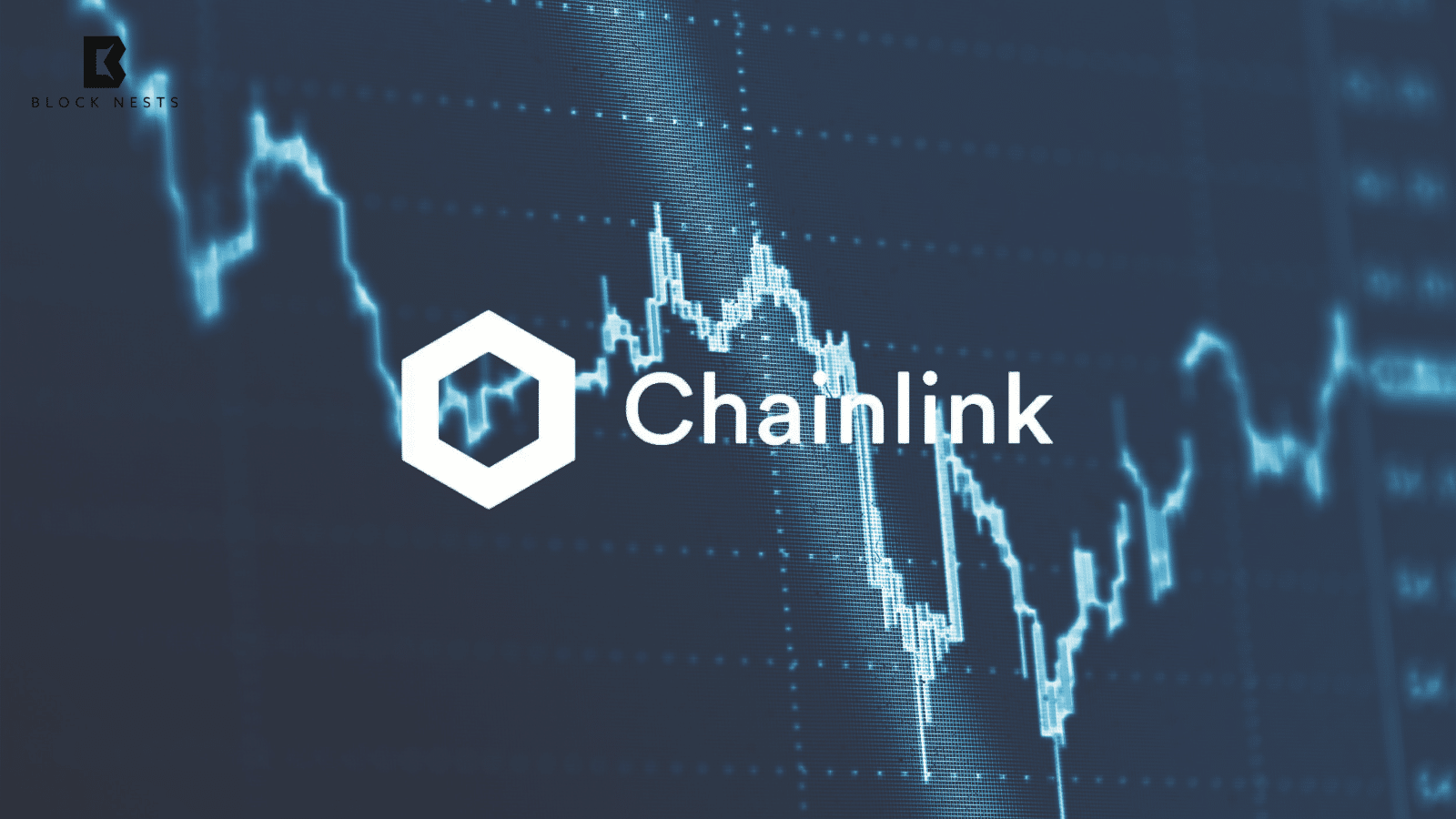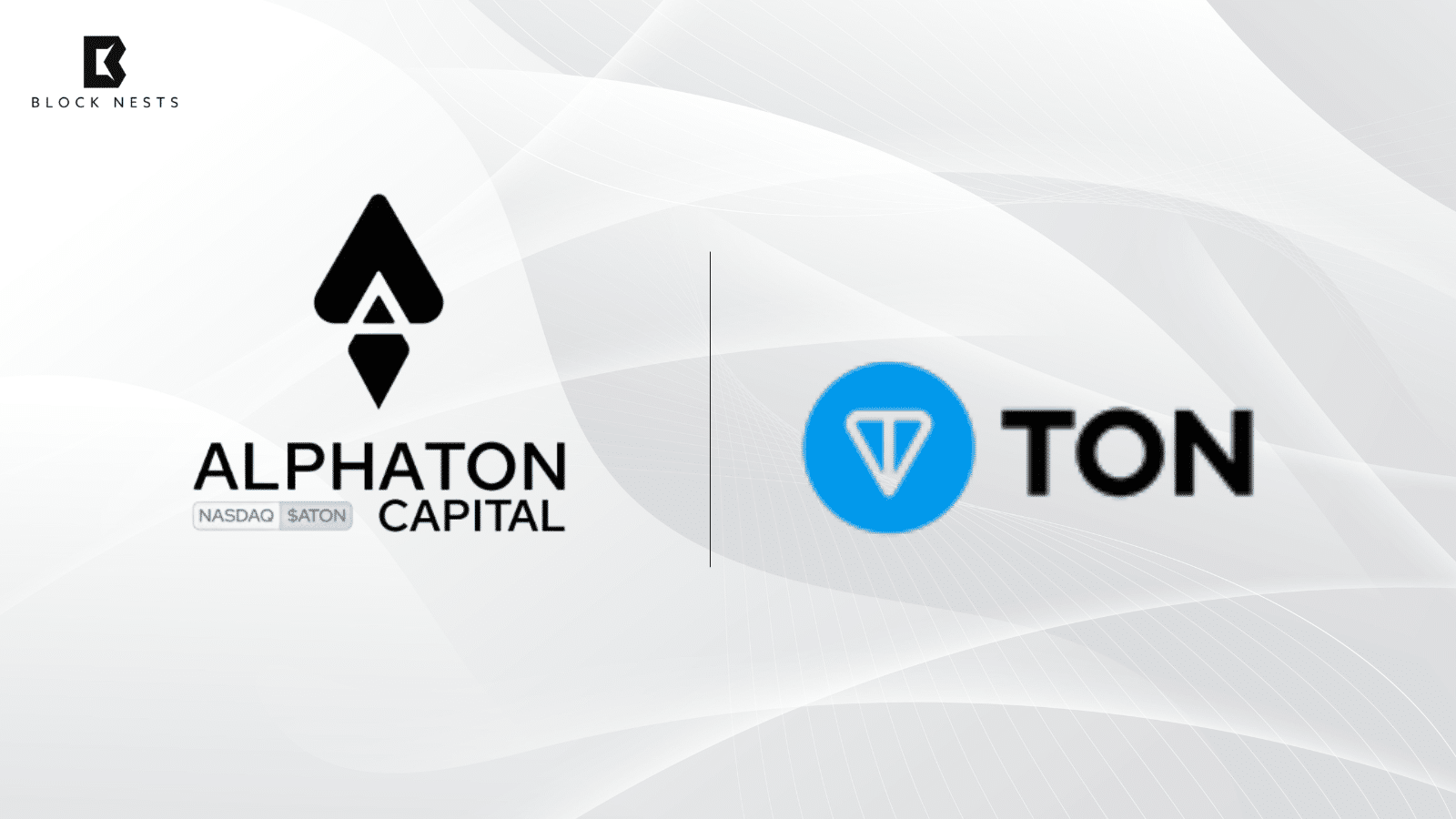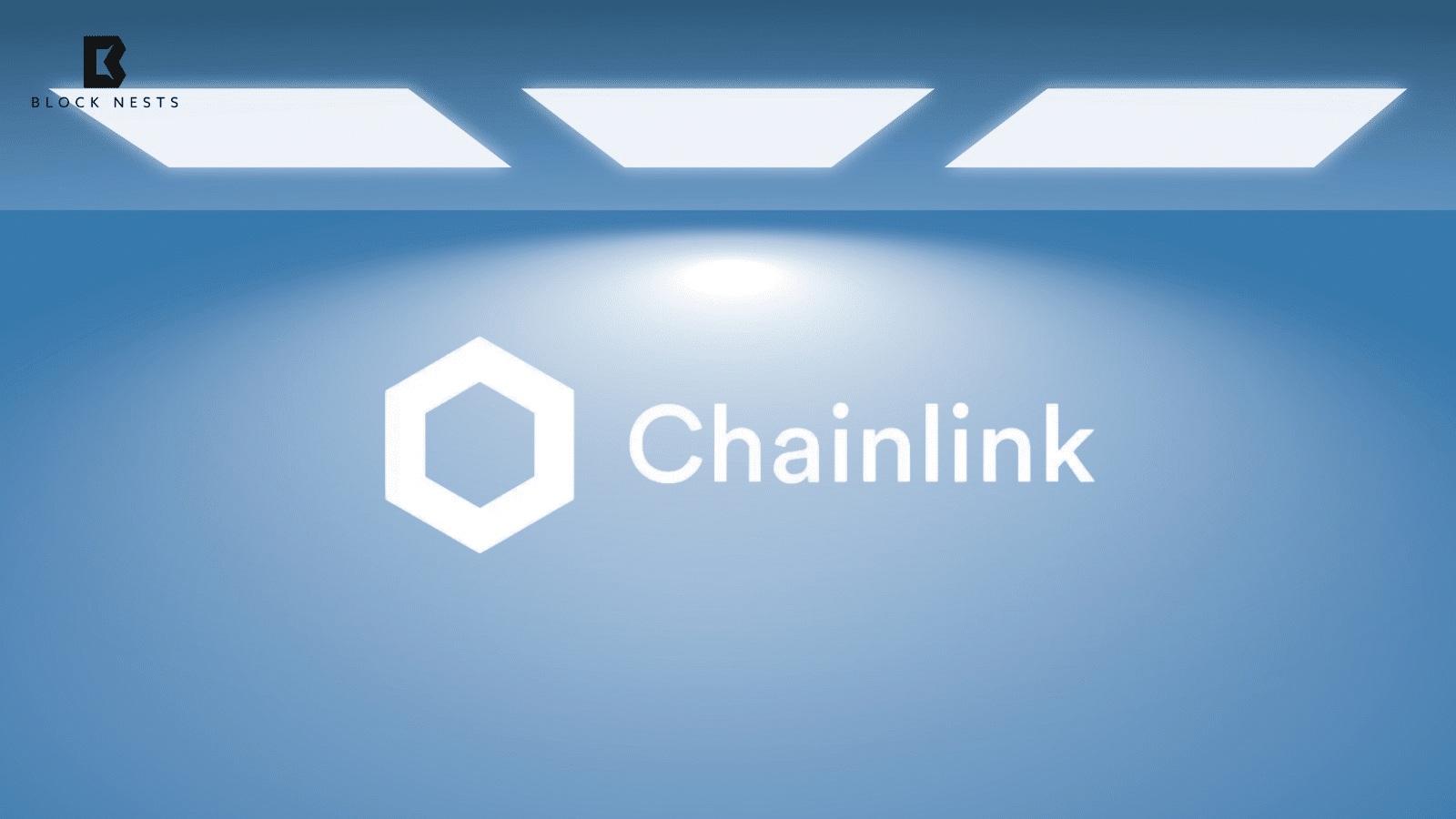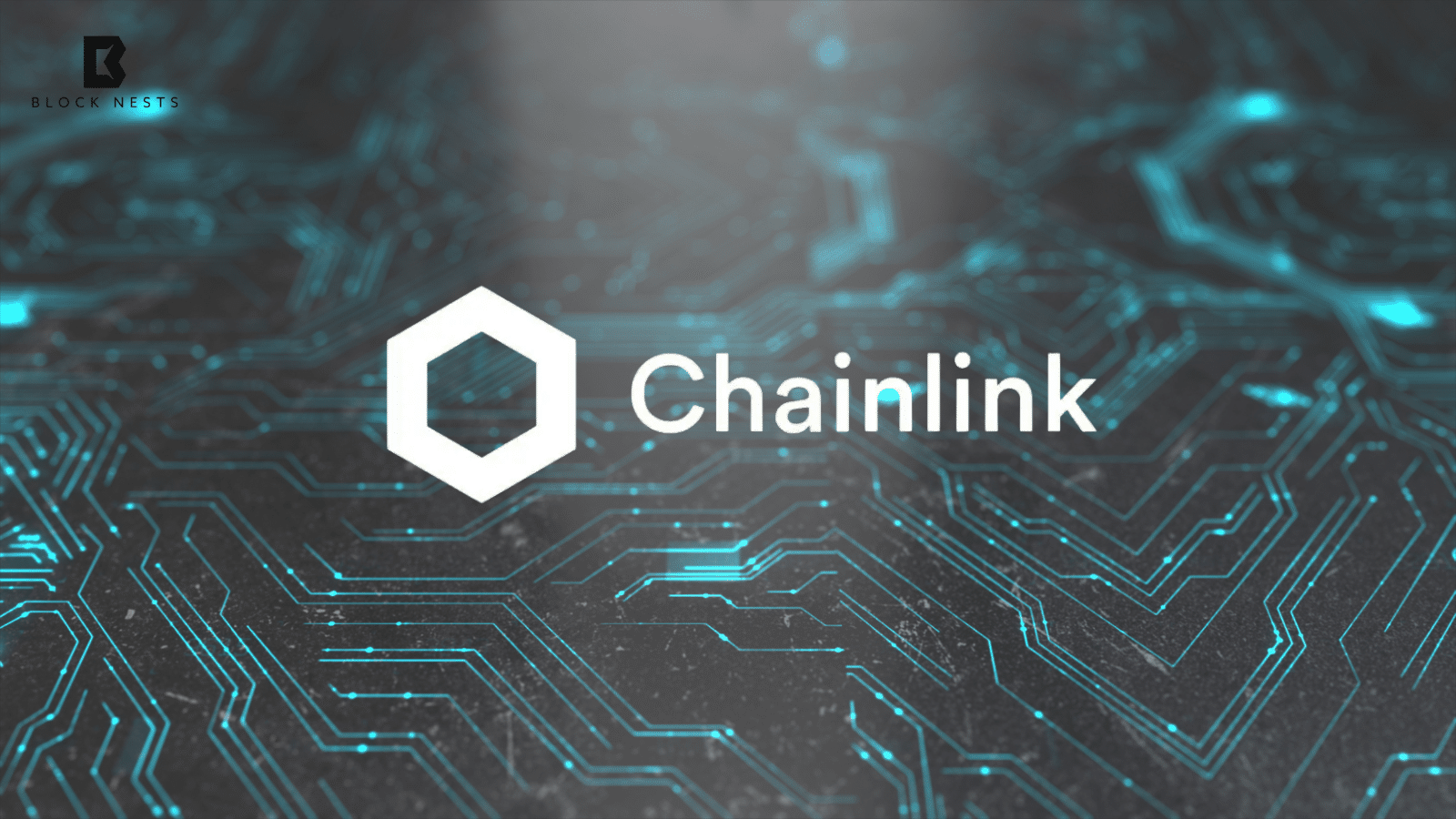- Chainlink introduces the Runtime Environment (CRE) to let developers design custom workflows.
- The upgrade enables faster, flexible, and more scalable onchain applications.
- CRE strengthens Chainlink’s position as a core infrastructure for both DeFi and TradFi.
Chainlink has unveiled the Chainlink Runtime Environment (CRE), a major shift in how developers build on its network. The new model allows developers to compose custom workflows from modular capabilities instead of relying only on prebuilt services.
This step is designed to give developers more freedom while expanding the reach of Chainlink across thousands of blockchains. The announcement came during SmartCon 2024, marking one of the most significant updates since the launch of Chainlink oracles.
The upgrade introduces a scalable, self-serve architecture intended to meet the growing demand from financial markets and Web3 projects. Until now, Chainlink services worked like pre-assembled building blocks.
Products such as Chainlink Automation bundled several capabilities into fixed workflows. This design helped scale the platform to secure trillions of dollars in value, but it left developers dependent on preset structures.
Chainlink CRE Upgrade Brings Modular Oracle Functions
The CRE upgrade changes this approach. Oracle functions like reading a blockchain, fetching offchain data, or reaching consensus now exist as separate modules. Each module is managed by a decentralized oracle network (DON) dedicated to that task. Developers can then string these capabilities together into workflows that execute through CRE.
This modular design increases efficiency and reliability. It also allows existing components to be reused, cutting down development time and complexity. A developer could, for example, design a workflow that fetches pricing data, runs a consensus check, and delivers results onchain within hours rather than weeks.
The CRE also introduces a powerful layer of flexibility. Workflows can run across multiple chains, interact with APIs, and even integrate with private systems used in financial markets. This opens the door for custom solutions in areas like compliance, asset settlement, and automated reporting.
Chainlink CRE Simplifies Development for Builders
For developers, the shift means less work embedding Chainlink-specific code into contracts. Instead, they can deploy workflows directly on the platform using familiar programming languages. The result is faster development cycles and applications that are unified across all supported chains.
For financial institutions, the upgrade provides a secure way to extend their systems into blockchain networks. Banks could create compliant workflows that link private ledgers with public blockchains, a step that could accelerate adoption of tokenized assets.
Chainlink aims to roll out the refined platform incrementally. Existing services remain unchanged and secure during the upgrade. CRE can already be utilized through early access by developers and institutions willing to experiment with out-of-the-box workflows.
The shift brings with it a new age of onchain development. With programmable and modular consensus computing, Chainlink positions itself as much as an oracle provider as a universal decentralized app and global finance infrastructure layer.
Related Reading:Metaplanet Expands Into U.S. and Japan as Bitcoin Holdings Hit $2.3 Billion
How would you rate your experience?






